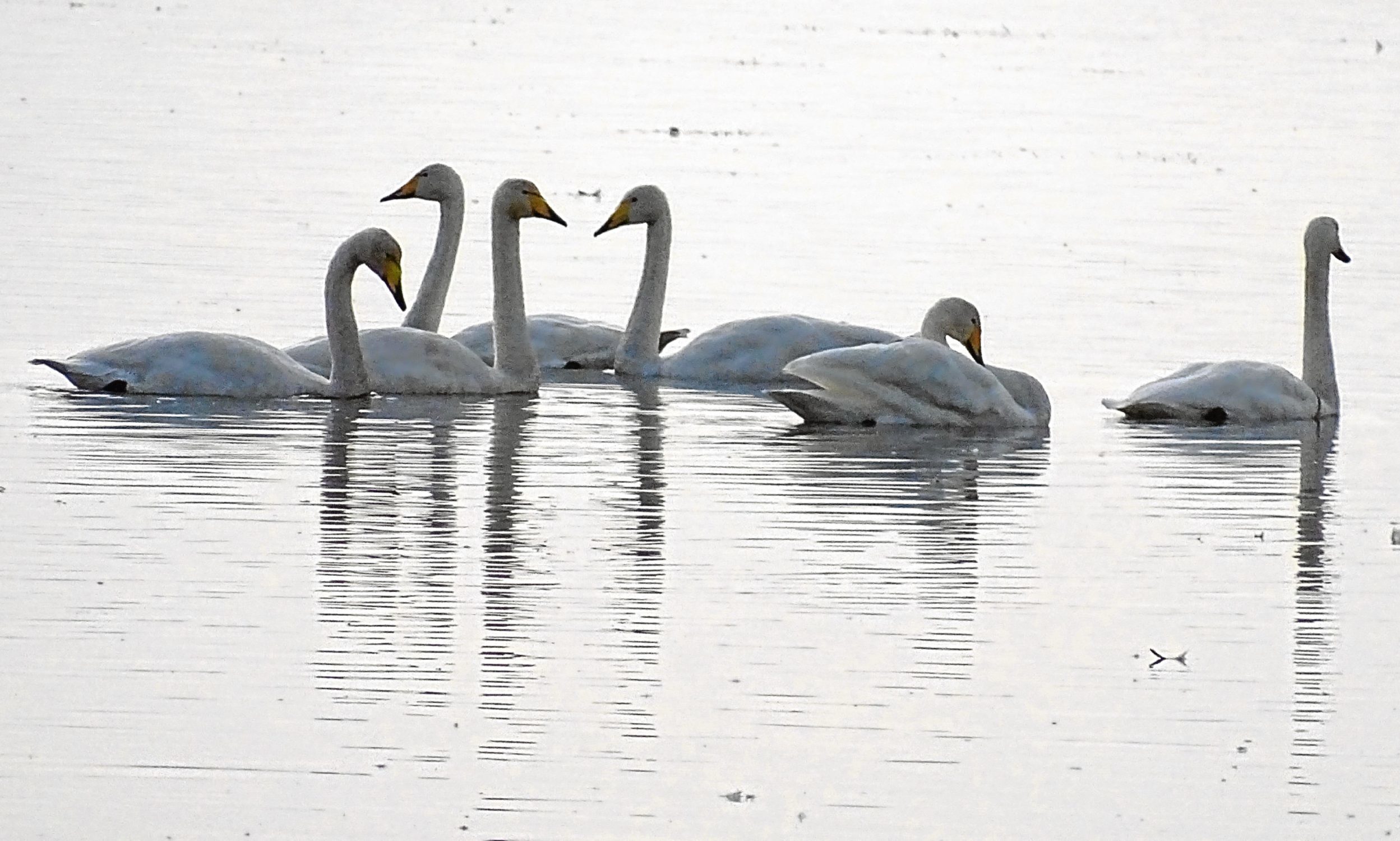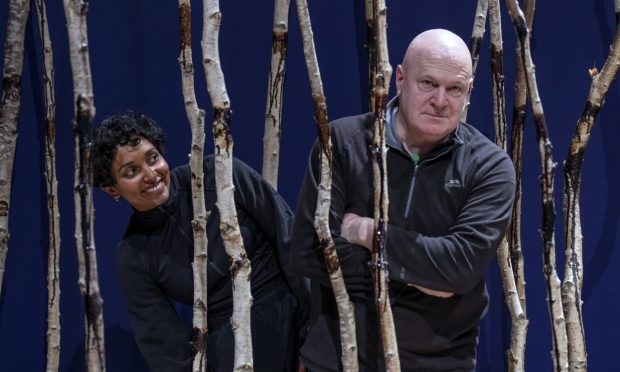Sooner or later, as September drifts towards October, and autumn drifts towards its prime, I incline towards the idea that I have an appointment to keep.
The truth is that I really don’t because the other party does not much care whether I show up or not. In fact, as far they are concerned, there is no appointment to keep. Nevertheless, it is the ritualised nature of their behaviour that brings about the situation in the first place, and these September-into-October days are when a particular species of autumnal restlessness begins to trouble me, and I know that, sooner or later, it will not be denied.
So when an unpromising morning turned into a surprisingly bright and benign afternoon, I headed for Loch Leven to keep that one-sided appointment, not even knowing if the other party had turned up or not. Sometimes, in the absence of reliable information, instinct is a good guide and I follow that.
As it happens, I had just got there before reliable information would have lured me, anyway. At the loch I bumped into Colin Shaw of the RSPB’s Vane Farm staff and an old friend, and almost his first words were that he was just about to send me a text with the news “knowing your interest in the swans”. They had turned up the day before. Seven had arrived at once, and now there were 11.
And suddenly I could breathe more easily. And suddenly my year was back on an even keel. When your day job is to watch nature with a view to writing it down, you are conscious all the time of the natural rhythm to which nature moves across your chosen landscape. It will always surprise you, of course, and that it is the great charm of the job but the seasons always follow the same sequence and, mostly, their arrivals and departures are attended by the same set piece events.
And in my book, there is no moment in the evolution of any season of the wild year that scribbles its name more indelibly than the autumn arrival of the whooper swans. They have come from Iceland and for the next six months (after which their departure is a similarly-legible signature of the evolution of spring) I will seek them out at a handful of known watersheets scattered across Scotland, and they will gladden my heart.
I don’t know why I have this fascination with swans – and whooper swans in particular – only that it has been around for more than half my life. I don’t know how or why it arrived, only that it intensifies as the years pass. I have more or less given up trying to pin down its source now, and I suspect it has fashioned itself out of several roots.
There was a particularly vivid encounter on a remote lochan on one of my earliest visits to Skye (nearer 50 years ago than 40 now), there was the discovery of a reliable presence on Loch Dochart every autumn en route to Skye or other points west, there was the sporadic presence on Loch Lubnaig every winter during what became a long-term study of a wild mute swan nest site there, and there was the phenomenon, around 30 years ago, when half of all of Scotland’s wintering population of Icelandic whooper swans arrived at Loch Eye in the Black Isle and I drove 200 miles to see what a small loch one mile by two looked like with 3,000 swans on it. The attraction had been a particularly vigorous growth of pondweed but how did they know?
And there have been reinforcing travels on BBC expeditions to the Icelandic nesting grounds, and to see trumpeter swans in the Yukon. But the nearest I came to making sense of it all was this sentiment, which I wrote in a long-extinct book called Waters of the Wild Swan: “I see in whooper swans a kind of kindred spirit in nature, a restless haunter of lonely places, an inclination to the northlands of the world, and with a marked determination to preserve its wilderness instincts.”
That mulch of my personal swan-watching history was swilling around as I walked along the south shore of Loch Leven. Eventually I was standing by a quiet bay, screened by reeds and willows, and about 80 yards from the first of the autumn’s whoopers, where they relaxed on still water and in hazy sunlight, and I can think of nothing more beautiful in my portion of the wild world.
There is an aura of the Arctic about them and perhaps it is as simple as that; that was the thought I took away with me, that and the sense of satisfaction that I had kept my appointment.










